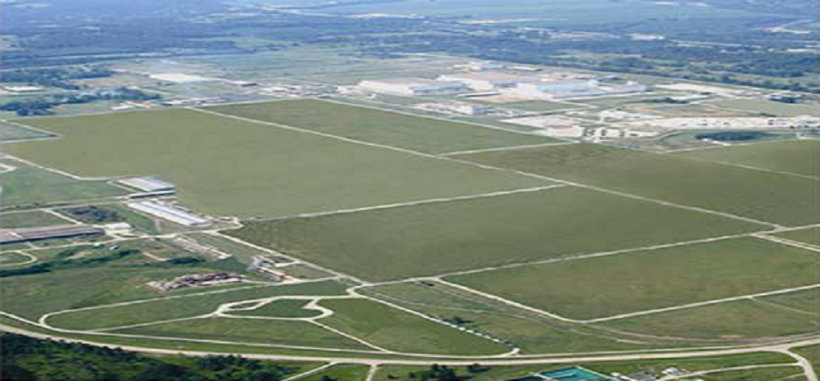Portsmouth D&D Program

The Decontamination & Decommissioning (D&D) Program at the Portsmouth Site addresses deactivation, demolition and disposal of approximately 415 facilities currently identified on the Portsmouth site. This includes the three massive Gaseous Diffusion Process buildings that housed the process equipment and span the size of 158 football fields. Other structures include support facilities such as electrical switchyards, cooling towers, cleaning and decontamination facilities, water and wastewater treatment plants, maintenance and laboratory facilities, and storage and office buildings. D&D activities will eliminate groundwater contamination sources and reduce surveillance and maintenance costs.
An Action Memorandum for the Plant Support Buildings and Structures was issued in 2012 for the D&D of 46 plant support buildings and structures, including associated materials or equipment. In 2015, the Ohio EPA and DOE agreed upon a plan to demolish the huge process buildings and associated facilities and auxiliary systems. The Record of Decision (ROD) for the Process Buildings and Complex Facilities D&D Project was finalized following a multi-year public outreach process, public meetings and an extended four-month public-comment period.
From 2011 through 2020, the X-326 uranium-enrichment Process Building was deactivated, with more than 1 million measurements for residual contamination completed and more than 7,000 components removed and safely shipped to offsite licensed facilities for disposal. In 2021, safe, controlled structural demolition of the X-326 began, and the first placement of waste in the Portsmouth On-Site Waste Disposal Facility was completed. The waste placement of the demolition debris from this half-mile-long building was completed on August 24, 2023. Meanwhile, the second of the site's three process buildings, the X-333, is currently undergoing deactivation.
During D&D, contaminated facilities are prepared for demolition by deactivating utilities and removing stored waste, materials, piping, and process equipment such as converters and compressors. Large equipment is dismantled, analyzed for possible removal of contaminants or valuable materials, and downsized for more efficient disposal. State-of-the-art optical, robotic and remote-control technologies are being used to create a safer work environment and better efficiency.
To manage the bulk of the waste and debris generated from demolishing the massive process buildings, numerous and thorough evaluations were preformed, alternatives were evaluated, and a decision was finalized by Ohio EPA and DOE to build an onsite waste facility for much of the demolition debris. The Portsmouth Waste Disposition Record of Decision was finalized following a multi-year public outreach process, public meetings and an extended four-month public-comment period in 2015.
By 2020, construction of the On-Site Waste Disposal Facility (OSWDF) was complete. The Waste Disposal Decision calls for a combination of offsite shipping of more contaminated demolition debris and disposal of lower-level waste in the OSWDF. Of the X-326 demolition debris, more than 99 percent of actual radioactivity has been safely shipped to out-of-state licensed facilities for disposal.
In a coordinated effort, the landfills and plumes in the central plant have begun excavation to provide the needed fill material around the demolition debris in the disposal facility. The result will be an approximately 1,000-acre industrial site available for transfer and redevelopment as the DOE cleanup mission winds down. Some property within the Portsmouth Site has already been transferred to the local community to take advantage of existing infrastructure to support economic development, with more parcels in various stages of the pre-transfer process.

